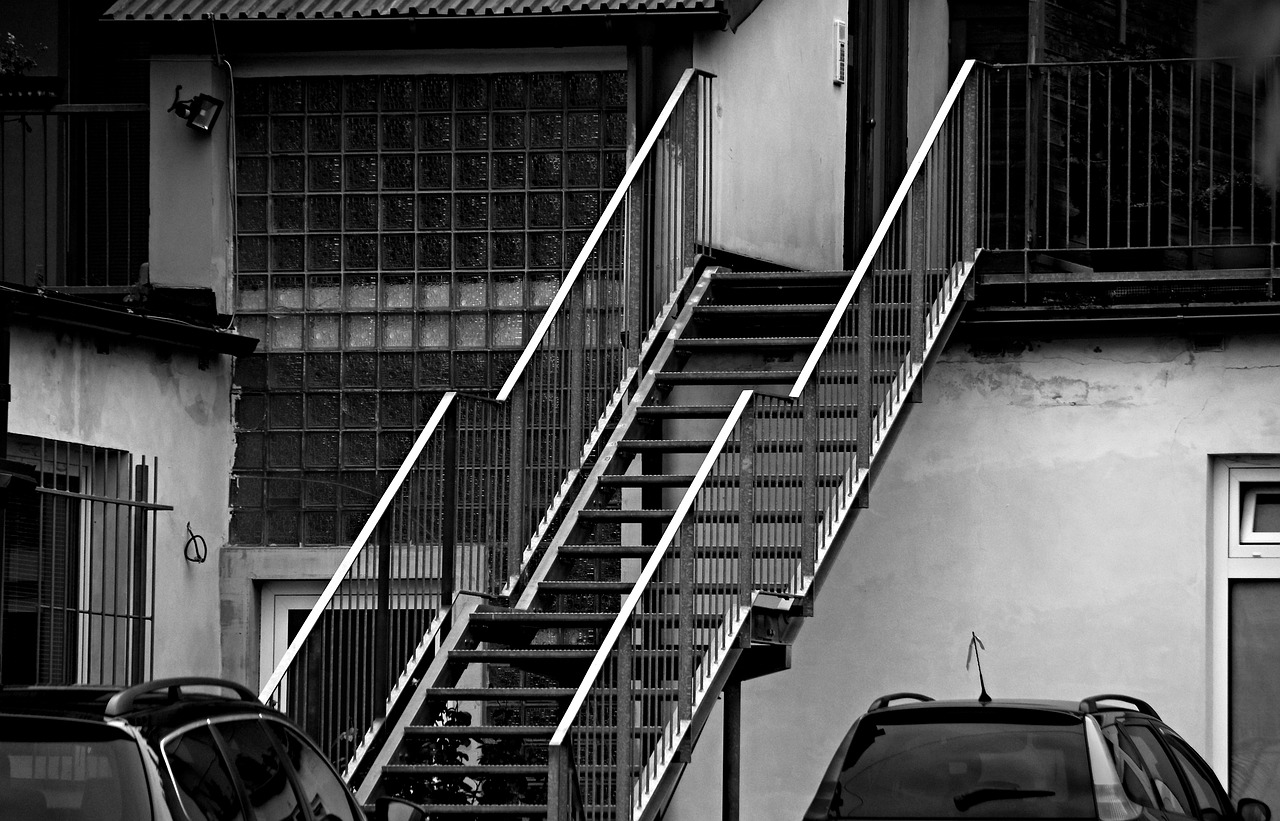Table of Contents
ToggleKey Points
- Problems with home design is often a major reason why people move into residential care.
- Making your home age-friendly through home modifications may help an elderly person to stay in their home for longer, making the home safer and more accessible.
- Modifying your home to be age-friendly does not always need to be expensive and may be as simple as installing handrails in bathrooms or widening doorways.
- Planning for home modifications and making it age-friendly should start long before the need arises.
Age-Friendly Home
One in every four Australians over the age of 85 lives in a community home, preferring to stay at home and live as independently as possible. Making your home age-friendly through home modifications may help an elderly person to stay in their home for longer, making the home safer and more accessible. In some cases, this may be the difference between accessing care in your own home and needing to move into residential care.
Take a look around your home and think about how you can make it age-friendly, how well it meets your needs now, and into the future. Are there areas that you are finding harder to access or use? And what if your physical abilities started to decline?
An Australian research study* found that home modifications reduced overall care hours required by an average of 42% and led to a 40% improvement in the quality of life for the people studied.
Interestingly, modifying your home to be age-friendly does not always need to be expensive and may be as simple as installing handrails in bathrooms or widening doorways. One case study in the research found that installing a handrail from the bedroom to the bathroom reduced informal care hours significantly and allowed the husband to continue to work. Another woman arranged bathroom modifications so her son did not have to help her shower, and could instead spend time with his mother on other social activities.
Problems with home design is often a major reason why people move into residential care. Home modifications should focus on strengthening your capabilities by increasing:
- Independence
- Mobility
- Safety
- Comfort or convenience.
Planning for home modifications and making it age-friendly should start long before the need arises. If you are renovating your home think about including features such as extra-wide doorways, extra timber supports in bathroom walls to attach rails if needed in the future and wider footpaths around the house.
Here Are Some Other Simple And Low-Cost Home Modifications That You Can Do To Make Your Home Age-Friendly:
1. Use textured, non-slip strips in the bath tub and shower.
2. Apply nonslip wax on the floor to prevent slipping.
3. Provide a waterproof seat or chair in the shower.
4. Remove wheels on chairs.
5. Replace your toilet with one that is elevated or has a higher profile.
6. Install nonskid treads on steps.
7. Remove throw rugs.
8. Replace standard doorknobs with lever handles.
9. Widen doorways and hallways.
10. Move light switches for easy reach from a wheelchair or bed.
When you succeed in making your home age-friendly in this way, you will be helping them to age gracefully and you’ll be doing so without regrets.
A great resource to start your planning is the Home Modification Information Clearing house at www.homemods.info, which is a government information site or speak to your doctor about a referral to an occupational therapist.
Call our office on 1300 660 940 to talk about aged care options and how to make your financial arrangements.
Source: Dr Phillippa Carnemolla of UTS Sydney https://theconversation.com/renovations-as-stimulus-home-modifications-can-do-so-much-more-to-transform-peoples-lives-140639
Related Posts
Get in Touch
Got a question…? Looking for help…? Message us!

